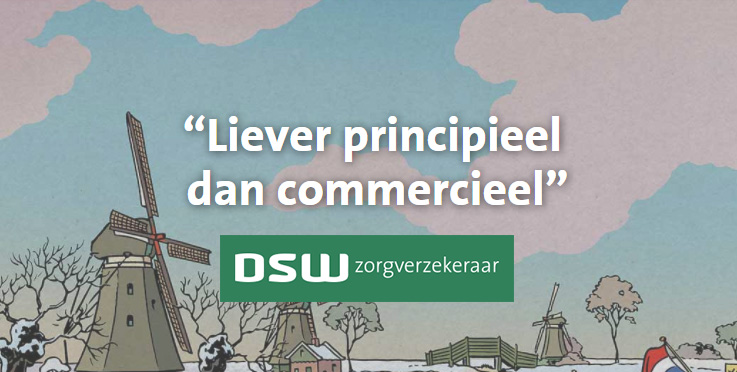Study guide with Behavioral Interventions in Cognitive Behavior Therapy
Online summaries and study assistance with the 2nd edition of Behavioral Interventions in Cognitive Behavior Therapy by Farmer & Chapman
- For Bulletsummaries with Behavioral Interventions in Cognitive Behavior Therapy by Farmer & Chapman, see Bulletsummaries per chapter with the 2nd editon
- For Booksummaries with Behavioral Interventions in Cognitive Behavior Therapy by Farmer & Chapman, see Summaries per chapter with the 2nd edition
- For summaries, bulletpoints, practice exams and glossaries with earlier editions of Behavioral Interventions in Cognitive Behavior Therapy by Farmer & Chapman, see Study guide with Behavioral Interventions in Cognitive Behavior Therapy by Farmer & Chapman
Related content on joho.org
»
Meer lezen over studie, stage en samenvattingen
Gerelateerde pagina's
Cognitieve psychologie en mentale processen studeren en stage in het buitenland
Psycholoog en coach in het buitenland via betaald werk, stage of vrijwilligerswerk
Studeren in het buitenland verzekeren
Therapeutische vaardigheden: leren of versterken
Relaties en meer lezen
JoHo: crossroads via de bundel
- Samenvatting van Behavioral Interventions in Cognitive Behavior Therapy van Farmer & Chapman
- Samenvatting van Beslissingen over kinderen in problematische opvoedingssituaties van Juffer
- Samenvatting van Cognitieve gedragstherapie met kinderen en jeugdigen: probleemgericht én oplossingsgericht van Cladder
- Samenvatting van Cognitive behaviour therapy for children and families van Graham & Reynolds
- Samenvatting van Cognitive Behavior Therapy: Basics and Beyond van Beck
- Samenvatting van Cognitive Behavior Therapy: Core Principles for Practice van O’Donohue & Fisher
- Samenvatting van Cognitive behaviour therapy for children and families van Graham & Reynolds
- Samenvatting van Inleiding tot de Gedragstherapie van Hermans e.a.
- Samenvatting van Klinische psychologie: Diagnostiek en behandeling van Simon et al.
- Samenvatting van Methoden en technieken van gedragstherapie bij kinderen en jeugdigen van Prins et al.
- Samenvatting van Practical Counselling Skills An Integrative Approach van Geldard & Geldard
- Samenvatting van Psychotherapie: Van theorie tot praktijk van Van Deth
- Samenvatting van The Psychology of Attitudes & Attitude Change van Maio e.a.
- Behandeling en therapeutische vaardigheden: uitgelichte boeksamenvattingen
- Klinische en gezondheidspsychologie: uitgelichte boeksamenvattingen
- Orthopedagogiek en klinische pedagogiek: uitgelichte boeksamenvattingen
Cognitieve psychologie en mentale processen studeren en stage in het buitenland
Activiteiten in buitenland
Nieuws
JoHo: partners met impact
JoHo: aanmelden of upgrade
JoHo WorldSupporter: crossroads
JoHo: crossroads in spotlight
- 1 of 4
- volgende ›
JoHo: pagina type checken
JoHo 'Teksten 'pagina
Wat is een JoHo 'Teksten' pagina?
- JoHo 'Teksten' zijn tekstblokken en hoofdstukken rond een specifieke vraag of een deelonderwerp
Wat vind je op een JoHo 'Teksten' pagina?
- Crossroad: volgen
- Via een beperkt aantal geselecteerde webpagina's kan je verder reizen op de JoHo website
- Crossroad: kiezen
- Via alle aan het chapter verbonden webpagina's kan je verder lezen in een volgend hoofdstuk of tekstonderdeel.
- Footprints: bewaren
- Je kunt deze pagina bewaren in je persoonlijke lijsten zoals: je eigen paginabundel, je to-do-list, je checklist of bijvoorbeeld je meeneem(pack)lijst. Je vindt jouw persoonlijke lijsten onderaan vrijwel elke webpagina of op je userpage
- Dit is een service voor JoHo donateurs
- Aanmelden
- Hier kun je naar de pagina om je aan te sluiten bij JoHo, JoHo te steunen en zelf en volledig gebruik te kunnen maken van alle teksten en tools.
- Aanmelding: checken
- Hier vind je wat jouw status is als JoHo donateur met of zonder abonneeservices
JoHo: footprint achterlaten



















